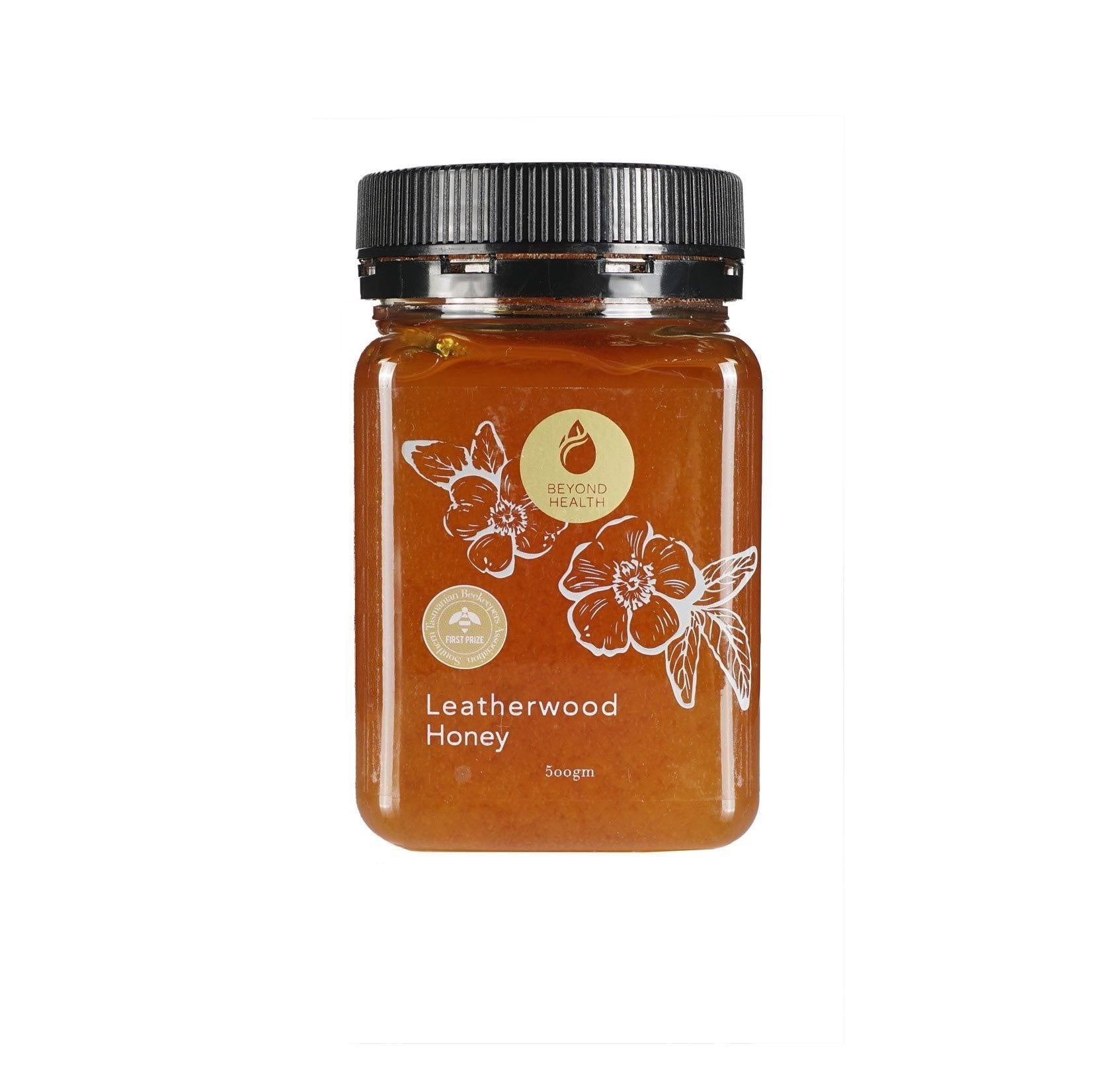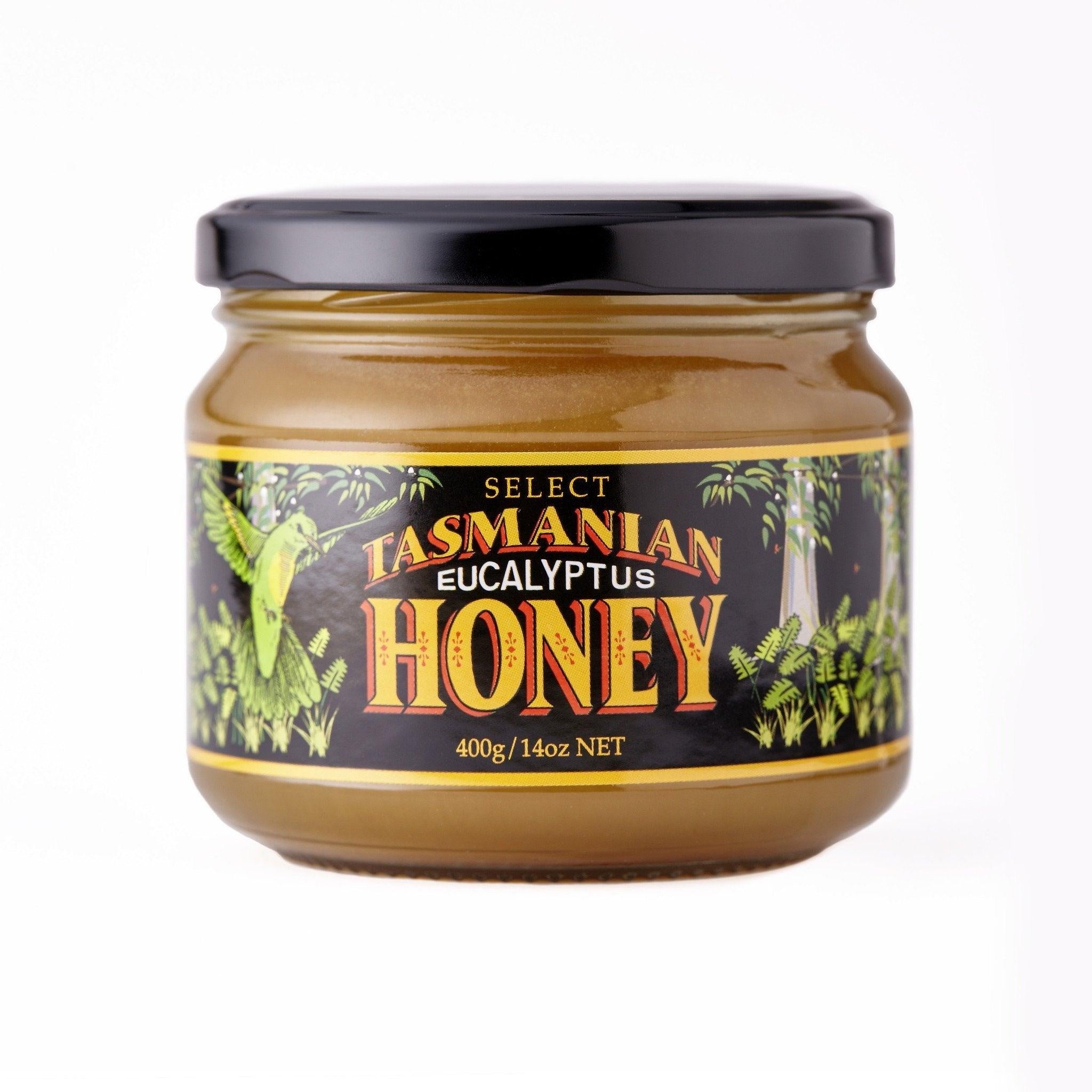Your shopping bag is empty
Can You Mix Breast Milk and Formula
- Posted by: Enquiry Admin
- Comments: 0
- Categories: Nutrition & Diet
Can You Mix Breast Milk and Formula? Exploring the Nutrition and Benefits
Introduction
Breastfeeding is widely regarded as the gold standard for infant nutrition due to its numerous benefits. However, some mothers may find themselves in situations where they need to supplement breast milk with formula. This raises the question: Can you mix breast milk and formula? In this article, we will explore the compatibility of breast milk and formula. Also, we will discuss the nutritional implications, and shed light on the benefits of both feeding methods.
Understanding Breast Milk and Formula Nutrition
Breast Milk Nutrition
Breast milk is a remarkable source of nutrition for infants. In fact, it provides a unique blend of carbohydrates, proteins, fats, vitamins, minerals, and antibodies. It is able to meet the specific needs of a growing baby. It also offers numerous health benefits, including enhanced immunity and reduced risk of allergies, asthma, and infections. The composition of breast milk tends to change over time to adapt to the baby's evolving nutritional requirements.
Formula Nutrition
Infant formula is designed to mimic the composition of breast milk as closely as possible. It is usually a combination of proteins, carbohydrates, fats, vitamins, and minerals. Although formula attempts to provide essential nutrients, it lacks the antibodies and other bioactive components found in breast milk. Nonetheless, formula-fed babies can still grow and thrive when fed according to the manufacturer's instructions.
Mixing Breast Milk and Formula
Compatibility and Safety
In general, it is safe to mix breast milk and formula in the same feeding bottle. However, there are a few important considerations to keep in mind. Firstly, it is recommended to feed breast milk and formula separately to ensure accurate measurement of each. Mixing the two together may make it difficult to determine how much breast milk or formula the baby has consumed. Secondly, always follow proper hygiene practices, such as washing hands and sterilizing feeding equipment, to prevent contamination.
Transitioning between Breast Milk and Formula
Sometimes, mothers may need to transition from exclusive breastfeeding to a combination of breast milk and formula or even to formula feeding alone. This transition can be gradual, allowing the baby to adjust to the taste and texture of formula. It is important to introduce formula gradually and observe how the baby responds to the change. Some babies may experience temporary digestive issues during the transition, such as gas or constipation, which can be managed with the guidance of a healthcare professional.
Nutritional Implications
Breast Milk as the Foundation
Breast milk provides the best nutrition for infants. Because it offers an optimal balance of nutrients and bioactive components that support healthy growth and development. Hence, it is best to exclusively breastfeed for the first six months of a baby's life. This is advised by the World Health Organization (WHO) and other leading health authorities.
Breast milk also contains essential nutrients that formula does not have, and it promotes bonding between mother and child.
Formula as a Nutritional Supplement
When breastfeeding is not possible or insufficient, infant formula serves as a valuable alternative. Formula manufacturers strive to create products that meet the nutritional needs of infants. While formula lacks some of the unique components found in breast milk, it can still provide adequate nutrition for a growing baby. It is crucial to select a formula that suits the baby's age and consult a healthcare professional for guidance on proper usage and preparation.
The Benefits of Combining Breast Milk and Formula
Flexibility and Convenience
Mixing breast milk and formula can provide flexibility and convenience for mothers who want to continue breastfeeding while supplementing with formula. This approach allows mothers to tailor their feeding strategy based on their lifestyle, work commitments, and individual circumstances. It can also be useful for mothers who struggle with low milk supply or have difficulty breastfeeding exclusively.
Increased Nutrition Options
By combining breast milk and formula, mothers can ensure that their babies receive adequate nutrition even if their milk supply is insufficient or when they are unable to breastfeed for various reasons. This approach can provide peace of mind for mothers who may worry about their baby's nutritional needs being met.
Conclusion
In conclusion, it is generally safe to mix breast milk and formula in the same feeding bottle. While breast milk is the ideal source of nutrition for infants, there are situations where supplementing with formula becomes necessary. By understanding the nutritional implications and following proper guidelines, mothers can provide their babies with adequate nutrition while addressing individual circumstances. However, it is important to remember that every baby is different, and consulting with a healthcare professional is important for personalized advice regarding breastfeeding, formula feeding, and their combination.
Sources:
- World Health Organization (WHO) - Breastfeeding: https://www.who.int/health-topics/breastfeeding
- American Academy of Pediatrics - Infant Formula Feeding: https://www.aap.org/en-us/advocacy-and-policy/aap-health-initiatives/Breastfeeding/Pages/Infant-Formula-Feeding.aspx
- La Leche League International - Combining Breastfeeding and Bottle-Feeding: https://www.llli.org/breastfeeding-info/combining-breastfeeding-and-bottle-feeding/
- Mayo Clinic - Infant Formula: https://www.mayoclinic.org/healthy-lifestyle/infant-and-toddler-health/in-depth/infant-formula/art-20045791






